10 Ways Cube Is A Cult Classic | ScreenRant
What makes a film a cult classic? Is it a low budget? Is it a lack of critical recognition? Or is it a lasting cultural impact? Whichever criteria you use, there is no denying that the 1998 sci-fi horror flick Cube meets it. In this fan favorite, seven strangers wake up in a square room with six exits, each leading to a seemingly identical room. They have no map, no memory of getting there, and no way of telling if the next room is safe or a death trap.
As one of the founding fathers of the escape room genre, Cube has become one of the most praised and important cult classics of the last thirty years, with an impact reaching further than most fans realize. Here's how it became a cult classic.
10 The Premise
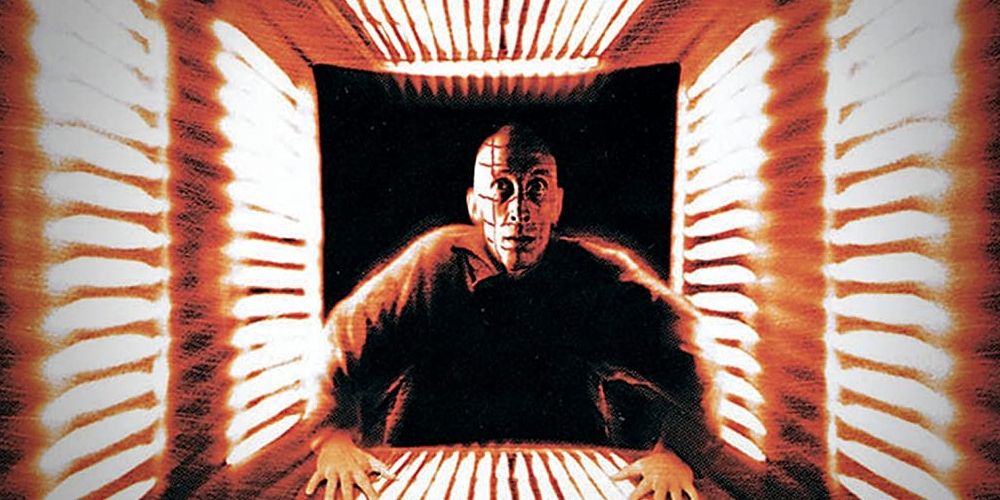
Like so many cult classics, Cube's magic begins with its premise: An empty room with six exits but no discernible way out. Vincenzo Natali, the filmmaker behind Cube, saw the terror in a stripped down escape room. There is no unnecessary exposition. Cube could be set in any country, at any time. Its terror comes from its universality. One of Natali's peers, Daniel Myrick, did something similar with another horror cult classic, The Blair Witch Project. Want to scare audiences? Give them a whole forest and a single ghost, or just give them a room they can't get out of. The simpler the premise, the better.
9 The Set
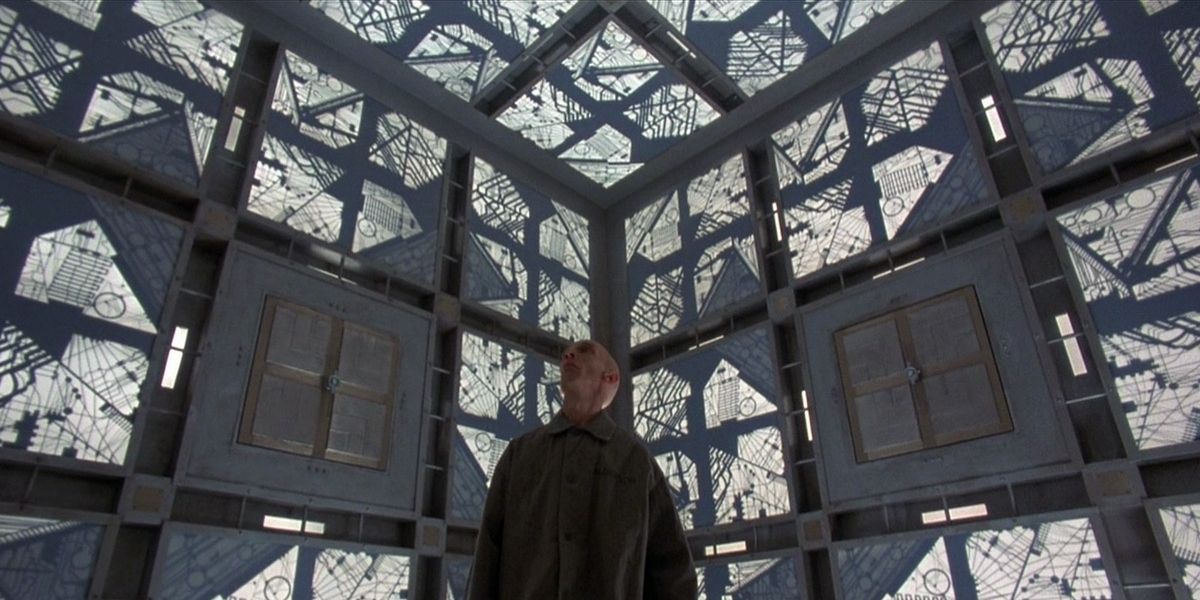
Unlike The Blair Witch Project, the set of Cube is a little more sophisticated. The perfectly cubical plexiglass rooms come equipped with six hatch doors - one of every wall - and nothing else. Unless, of course, they're trapped. The traps come in a variety of forms, from poisonous gas to razor-thin wire racks meant to literally cube whoever steps foot in the room. Because Natali was working with such a low budget, he only built one room for filming, but audiences would never know from just watching the characters navigate this complex set.
8 The Deaths
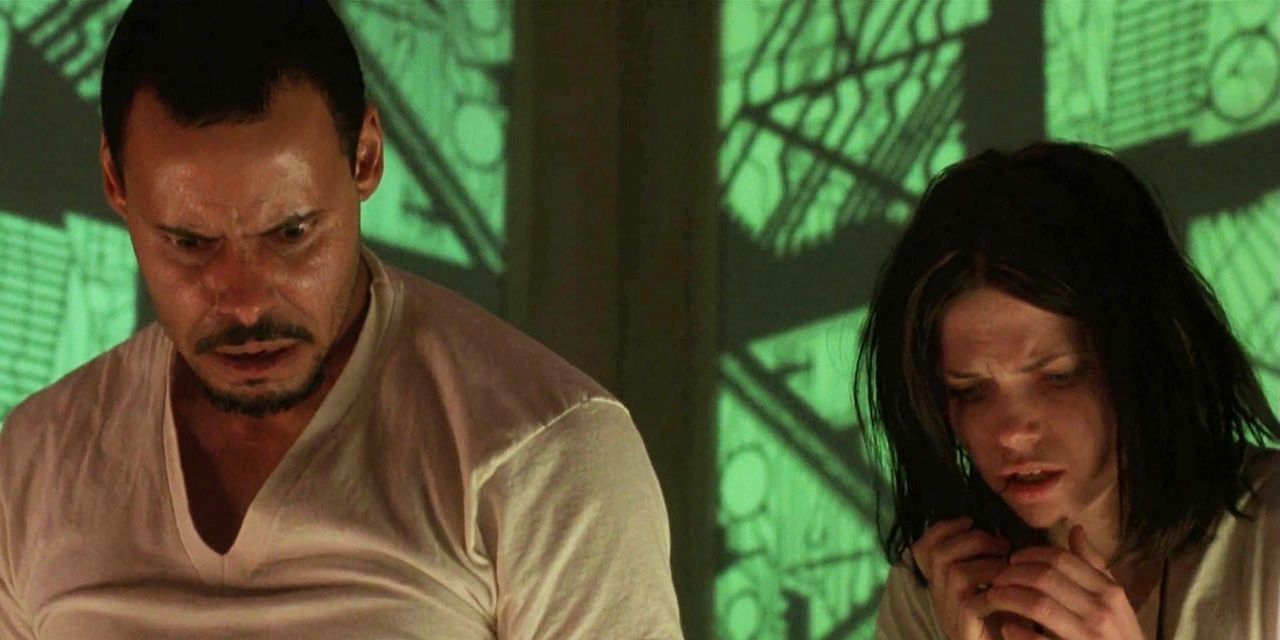
Like any good horror film, Cube has its fair share of grotesque deaths, most of which come at the hands of those unseen traps. Overly dramatic deaths, with fake blood and lots of screaming, are a staple in cult classics, and Vincenzo Natali clearly knew that. Cube may not be the most graphic horror movie ever made, but it clearly looked to The Evil Dead's playbook and took some notes. Plus, the movies that Cube inspired ended up with more than enough gore to make up for any shortcomings.
7 Legacy

It's no secret that the escape room genre has taken off this century. From the blockbuster teen series The Maze Runner to the 2019 Spanish film The Platform, movies about escaping from dystopian killing machines have only grown in popularity, and that's due, in part, to Cube. Yet, there is no greater example of Cube's influence than on the mega-horror franchise Saw.
The original 2004 Saw film is nearly a perfect remodeling of Cube. James Wan, the creative mind behind Saw, took the best elements from Cube - the traps, the futility of escape, the mystery - added a villain, the infamous Jigsaw, and created one of the most successful franchises of all time. Leaving a creative stamp on a nine-film franchise definitely isn't a bad legacy.
6 The Mystery
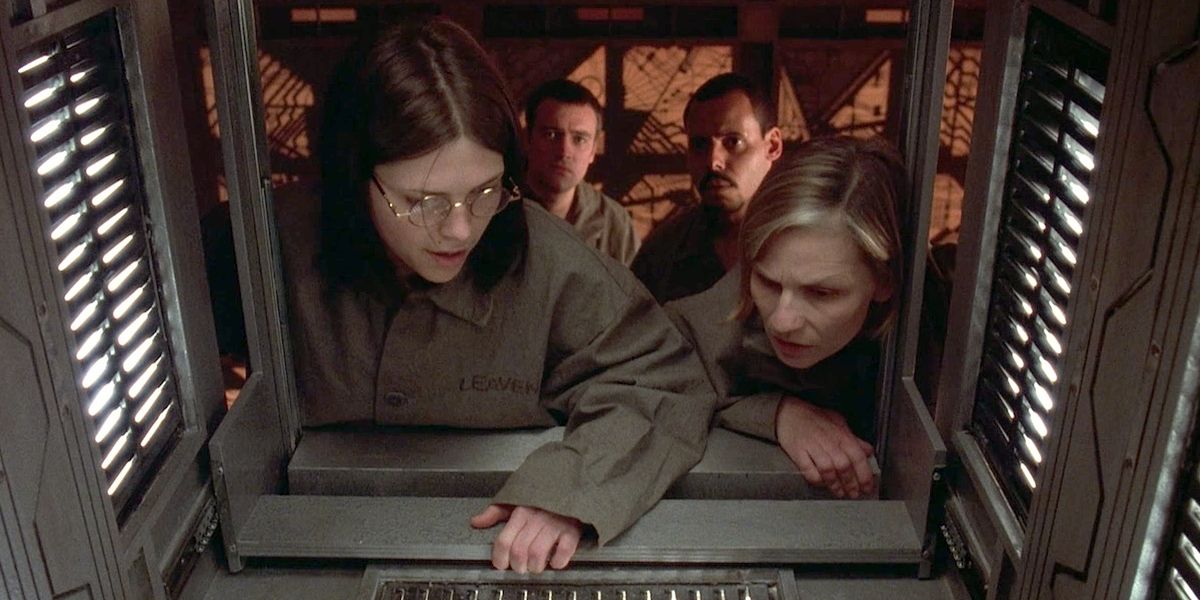
While Jigsaw may be twisted, at least his motives are made clear in Saw. The same cannot be said in Cube. Not a single moment of the film is dedicated to life outside the cube or to the antagonists in charge of it. In fact, there may be no antagonists at all. That's the great mystery of Cube. The participants never know who is running the cube. They never know who brought them there or what the purpose of it is. The lack of explanation lends itself to larger existential quandaries about higher powers, aliens, and the invisible hands of the establishment. Sometimes the greatest mystery of all is an unsolved one.
5 The Social Dynamics
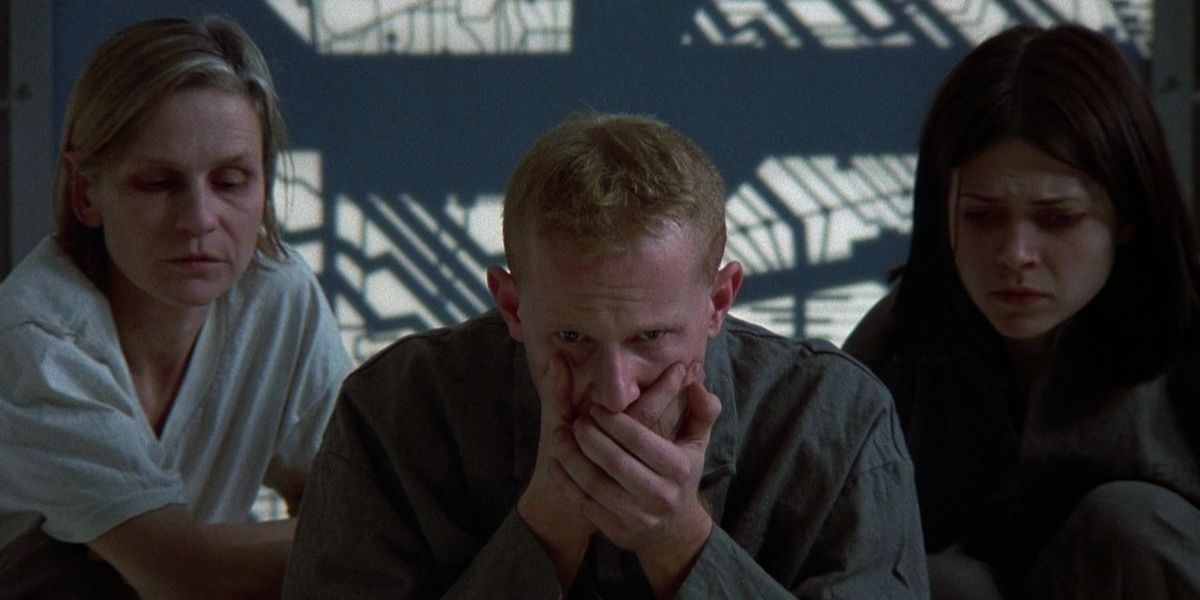
For the strangers stuck in the cube together, the existential questions often lead to real-world conflicts. As the film progresses and the prisoners become increasingly delirious, some of them begin to suspect each other of foul play and espionage. Quentin (Maurice Dean Wint), for example, begins to think that nihilist Worth (David Hewlett), is actually a spy on the inside, because of his helpless attitude. On the other hand, Dr. Holloway (Nicky Guadagni) pushes for unity over division, by helping those around her, especially another prisoner named Kazan (Andrew Miller), who is on the autism spectrum. Though the cube is rigged to kill, it is actually the fraught social dynamics that are the prisoners' biggest danger.
4 The Sequels
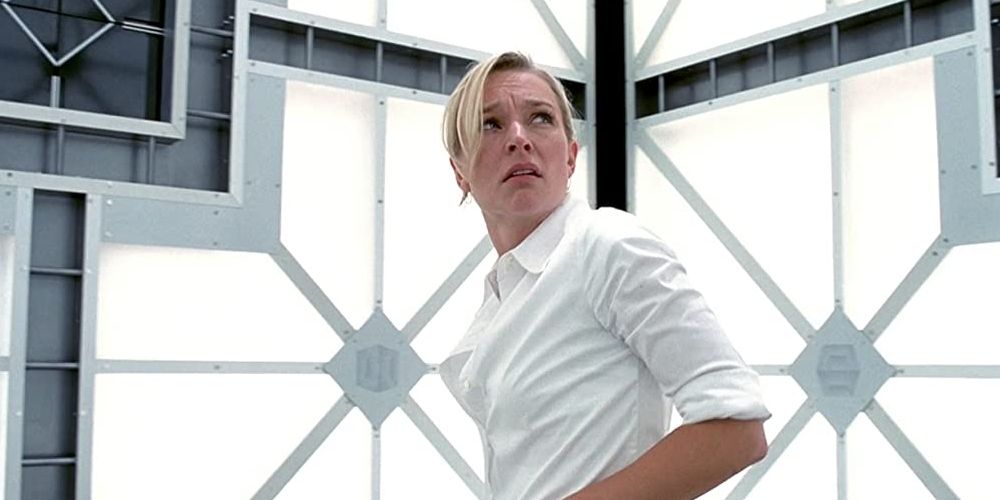
Though it is often remembered as a stand-alone cult classic, Cube is actually the first in a trilogy of films surrounding the mysterious and deadly box. Its two sequels Cube 2: Hypercube and Cube Zero may not stand up to the original, but they certainly carry on its legacy. Cube 2 strays way off course, as it tends to focus too much on quantum physics and the multiverse theory, and less on escaping. But it still has all the social dynamics that make the original so much fun. Cube Zero, on the other hand, is a return to form in the trilogy. It goes back to the practical effects and escape strategies of the original film, while also providing a new look at the technicians behind the cube. Neither of the sequels live up to the original, but as Vincenzo Natali knows, there may be no greater indicator of a movie's success in the 21st century than its ability to spawn a sequel.
3 The Twists

One might think that a movie filmed in a single room wouldn't be able to pull off a litany of plot twists, but they'd be wrong. Cube isn't just chock-full of plot twists, it's a seemingly never-ending run of them. The very first scene is a "got ya!" moment, as the first character audiences meet is killed off within minutes. The twists only keep coming from there.
Every time the characters think they have something figured out about the cube, whether that be a map or a way to trick the traps, they are proven wrong in shocking fashion. The biggest twists come at the end, as the characters grapple with killing one another and uncover their harsh new reality: The cube isn't as straightforward as they had believed.
2 The Acting
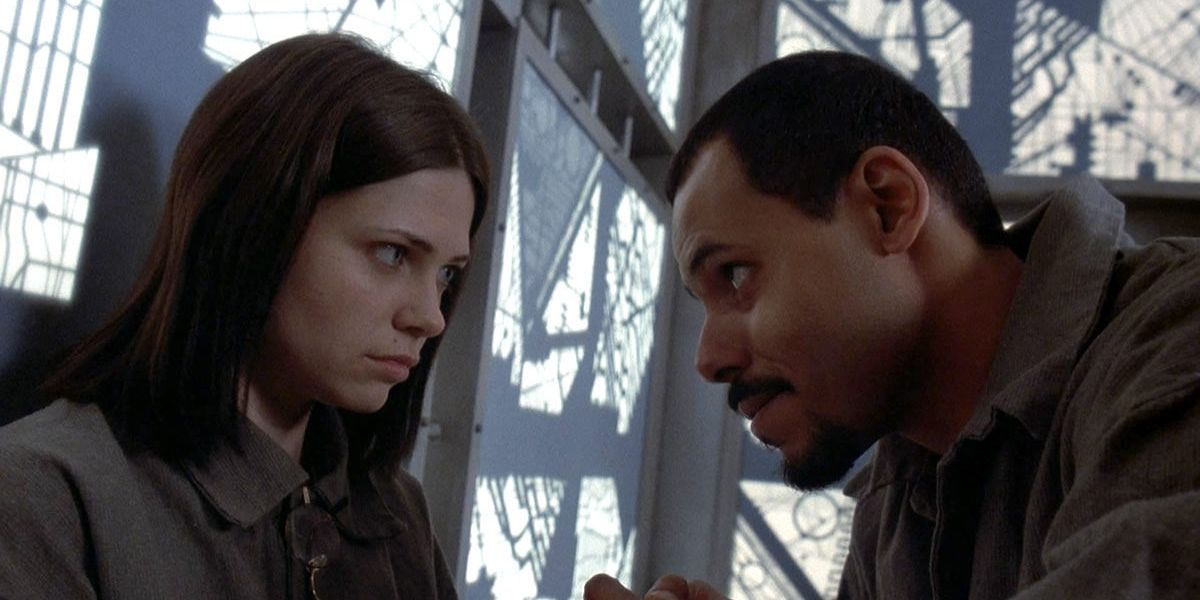
While the plot and set design are to be marveled at, the same cannot be said about the acting. There's no need to sugarcoat it, this cast can't act. And that's one of the many reasons fans love this movie so much. David Hewlett seems to be doing a Kevin Spacey impression in this film, and Nicky Guadagni tries to channel her inner Frances McDormand. But the real overacting belongs to Maurice Dean Wint and Nicole de Boer, both of whom are so unbelievably dialed up, it's impossible not to respect their performances. Clearly Cube's cast wasn't meant to compete at the Oscars, but they did a great job winning over audiences nonetheless.
1 The Ending
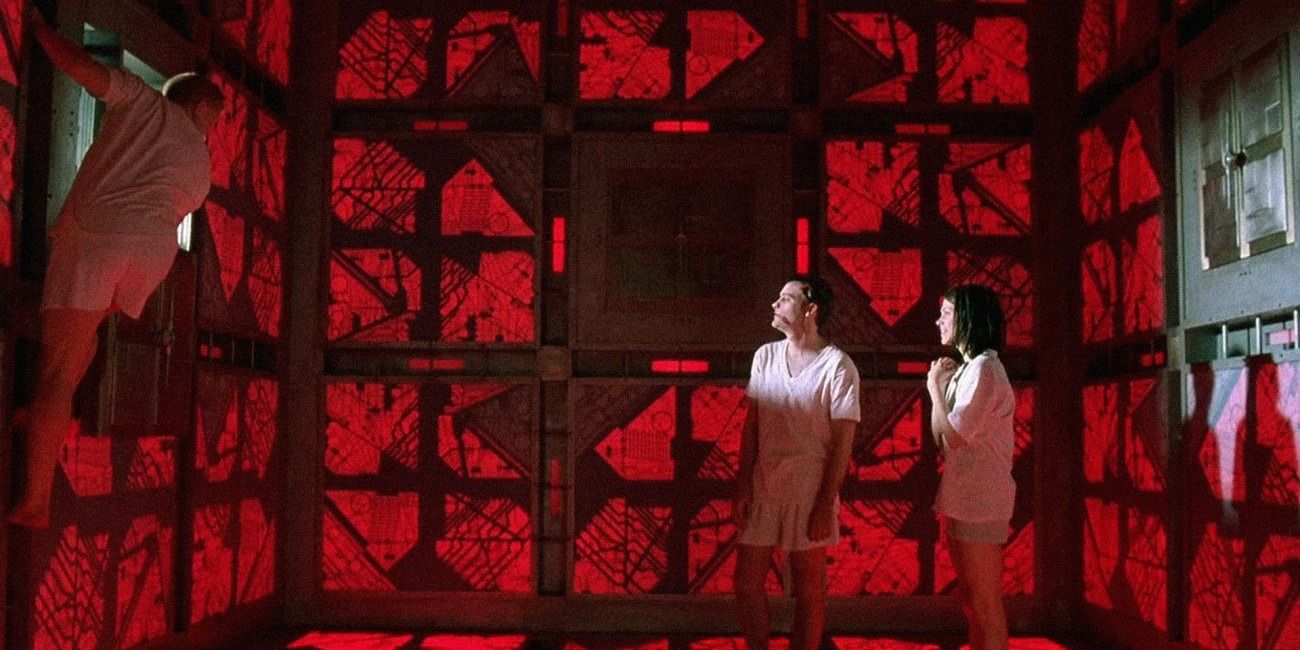
After a gripping 80 minutes of plot twists, overacting, and mathematics, Cube wraps itself up with one of the most ambiguous endings in horror film history. Usually, there is a clear winner and loser at the end of a horror movie, but that isn't the case with Cube. Nearing what they believe to be the exit of the cube, the prisoners are on their last legs and have nothing more than a prayer. That prayer is answered, but not for all of them. In the end, most lay victim to the cube, and for those who survive, what happens once they get out remains clouded in mystery? Cube is all about what goes on inside the box, and even at the end of the film, there is no telling what lies on the other side of that final door.
from ScreenRant - Feed


